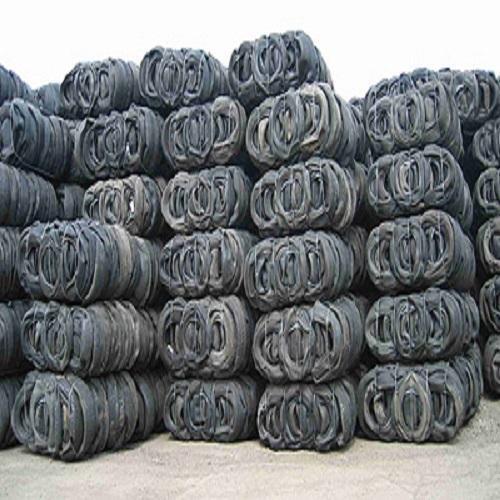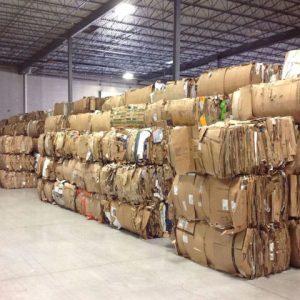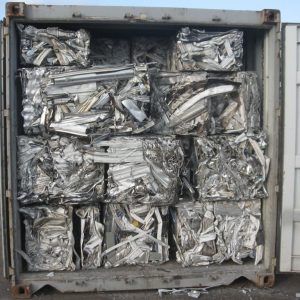Description
Inner Tube Scrap: A Valuable Resource in Recycling and Manufacturing
Inner Tube scrap refers to discarded rubber tubes commonly used in vehicle tires, bicycles, and industrial machinery. As recycling efforts continue to expand globally, Inner Tube scrap has increasingly gained attention for its potential to reduce environmental waste and create sustainable products. Therefore, this scrap material plays a vital role in industries focused on rubber recovery, reuse, and energy efficiency.
What Is Inner Tube Scraps?
Simply put, Inner Tube scraps consists of used or damaged rubber tubes that have reached the end of their usable life. After removal from tires or equipment, these tubes still contain high-quality natural or synthetic rubber. Consequently, their elastic properties and durability make them excellent raw materials for various recycling processes.
Sources of Inner Tube Scraps
You can find Inner Tube scraps in multiple places. For instance, automotive repair shops and tire service centers regularly generate scrap tubes. Moreover, bicycle maintenance facilities and industrial plants using rubber tubing add to the supply. Finally, manufacturing waste from tire production also contributes to the overall availability of Inner Tube scrap. Thanks to these diverse sources, recyclers maintain a steady flow of material.
Benefits of Recycling Inner Tube Scraps
Recycling Inner Tube scraps offers several key benefits. Firstly, it significantly reduces the volume of rubber waste that ends up in landfills. Furthermore, recycling lowers the demand for virgin rubber, thus conserving precious natural resources. In addition, recycled rubber from Inner Tube scrap finds new life in products such as mats, playground surfaces, and molded rubber goods. Ultimately, these efforts support a circular economy that benefits both the environment and the economy.
Applications of Recycled Inner Tube Scraps
Industries utilize recycled Inner Tube scrap in many ways. For example, manufacturers create durable rubber mats and flooring materials. Likewise, sports and playground surfaces often rely on recycled rubber for safety and resilience. Additionally, molded rubber parts for automotive and industrial uses frequently incorporate this scrap. In some cases, Inner Tube scrap also serves as fuel through thermal recovery methods. Because of its versatility, this material continues to provide sustainable solutions across multiple sectors.
Conclusion
In conclusion, Inner Tube scraps represents a valuable resource within recycling and manufacturing industries. By recovering and reprocessing this material, companies reduce environmental impact, cut production costs, and promote sustainable development. Therefore, embracing Inner Tube scraps not only helps protect our planet but also encourages innovation in rubber product manufacturing.





Reviews
There are no reviews yet.